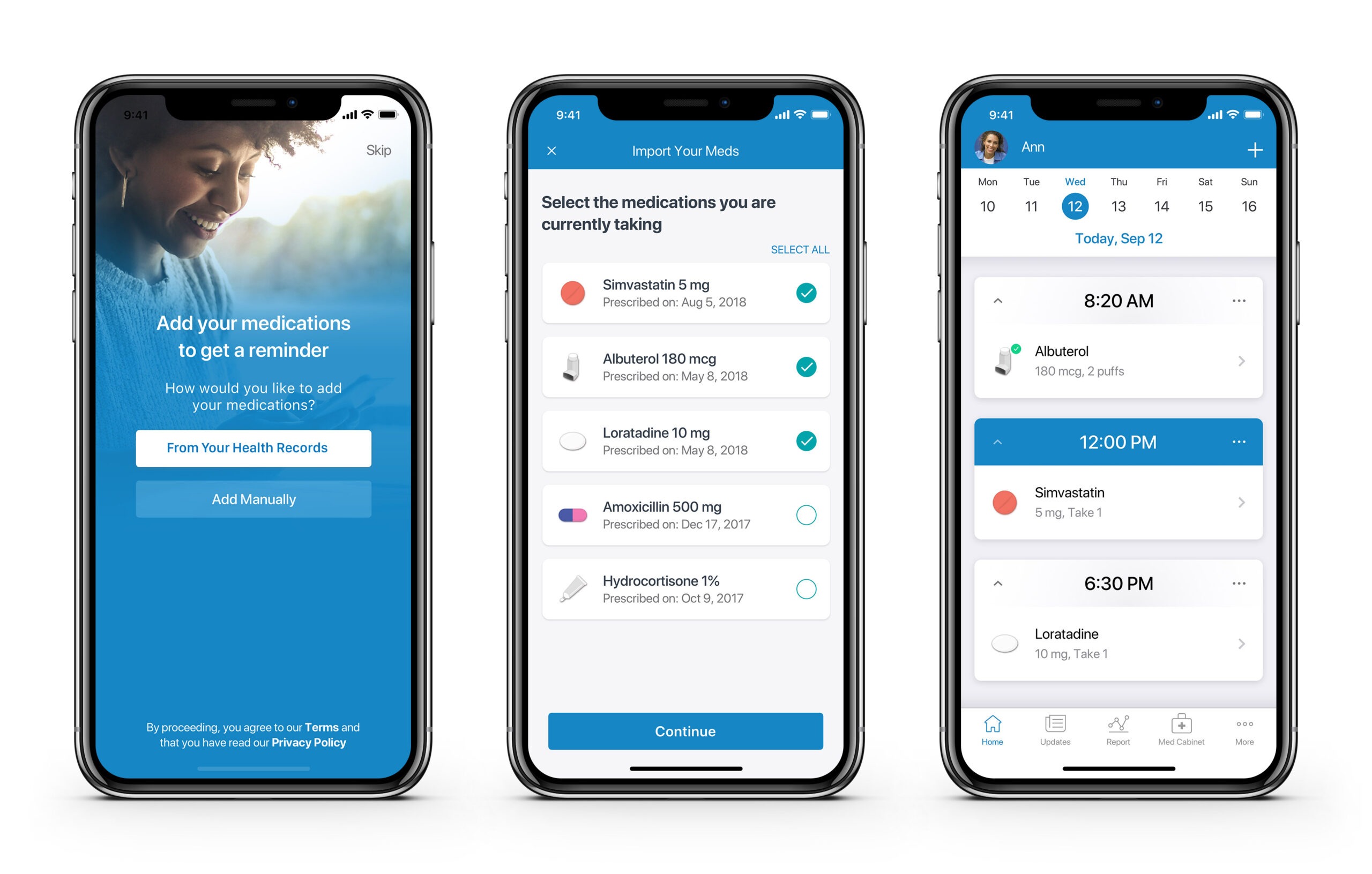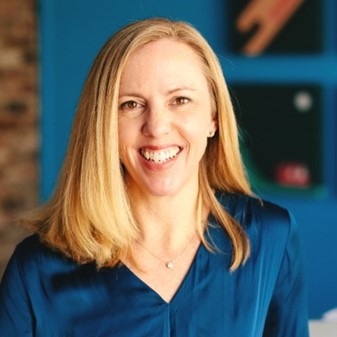When combining consumer and business audiences, brands must find balance
For Medisafe, a technology solution to streamline the health care journey, speaking to both patients and care providers required a focus on value and emotional connection.

Medisafe knew it was time to refresh its brand.
After seeing rapid acceleration in the commercialization of its product—and looking to expand beyond the narrow definition of a medication tracking tool—Medisafe saw itself at a tipping point. What the company achieved was more than a rebranding campaign.
“It is absolutely a transformative messaging platform that we created,” explains Jennifer Butler, CMO for Medisafe. To create the new platform, the team worked with an outside agency to build a brand pyramid that would distill up to a “brand essence.” That essence was then translated in value propositions, supported by positioning pillars that the team could build a sales and marketing playbook around.

Jennifer Butler
Building a pyramid
For brands that want to replicate Medisafe’s journey, building a brand pyramid starts with absolute basics.
“You start at the very bottom,” says Butler. Questions to start with include: What are your products? what are the functional benefits of products or services? Then, you can start to build the layers of your pyramid, moving on to emotional benefits and the personality of your brand. At the top of the pyramid is the “essence”—which for Medisafe came down to “daring to empower.”
“It sounded a little bit bold,” admits Butler, but that was by design as Medisafe hopes to revolutionize how patients manage their health care journey. Revolutions require boldness.
The team settled on the word “empower” because it also signaled a sense of security for patients. For Butler, the brand essence has a double entendre, speaking to both health care providers and patients—bold and disruptive to the former and secure and reassuring to the latter.
Returning to the value proposition
Once Medisafe and its agency had agreed on the brand essence—developed by going up the pyramid—it was time to turn that into a value proposition for a sales framework.
The team and their partner agency had developed the brand essence into an “anthem” that was immensely helpful in framing their goals and purpose as an organization. But for Butler, something was still missing.
“How do we build the messaging?” Butler asked, when looking at the brand pyramid. The team had a beautiful statement, but the sales message wasn’t there.
“That’s where I recognized that we kind of had to go back to best practices in building up a messaging playbook that was nimble enough for people to be able to educate their key stakeholders on our differentiations,” says Butler.
That’s when the team developed the proposition:
Medisafe empowers patients to seamlessly manage their treatment journey.
And that proposition was underpinned by four key positioning pillars:
- Being patient centric
- Having advanced engagement technology
- Developing an integrated future model of patient support
- Delivery of proven results
“By building a framework, it gave everyone … in the company an ability to have a conversation in introducing Medisafe,” explains Butler. With the flexible playbook, everyone—but especially sales teams—could start the conversation about what made Medisafe special and why it was a necessary addition for health care providers and patients.
When you need more
Butler’s experience working on the brand refresh is also an example of how comms and brand leaders should be ready to push for the brand messaging they know they need.
The journey could have stopped after the team came up with the brand essence—a meaningful piece of marketing that gave a direction. But Butler knew it wasn’t enough.
“I felt like it was really good, but I couldn’t see how it was going to be used,” she explains. The metaphor she uses is like she was given a really nice coat, but she didn’t know where she was going to wear it.
“Once you put it on, you’re kind of like, ‘Well, wait a second… I think I need more to this,” Butler says. “And that’s where we challenged ourselves and challenged the agency that we worked with—who stuck with us.”
And it wasn’t an easy sell. Butler had to communicate with the rest of the executive committee and the board of directors about the delay, which was holding back a new website that was timed to launch with the new branding.
“I think if you have that gut feeling that this isn’t quite everything that it needs to be, it is such an important foundation how you’re going to present all of your marketing activities that you have to make sure that everyone’s aligned,” Butler says.
Balancing rational and emotional
The need to speak to both consumers (patients) and business service providers (health care pros) required the Medisafe team to balance its marketing message. For service providers, the message was a rational call for efficiency and connection to patients. For consumers, a more emotional message helped patients feel more at ease.
This balance was important in all parts of the branding effort—including images where the team worked with its agency to find visuals that showed real people working through a tough medical diagnosis.
“I worked in a health plan about 10 years ago and I couldn’t stand all of the happy families skipping around, you know, with sunshine in their faces,” says Butler. That’s why Medisafe plans to use photos of real patients that use its service once it has built a library of images.
“Until we get to that point, in probably the next six months, we spend a lot of time with our agency looking for that empowered, genuine, real patient that we want to represent,” Butler says.







